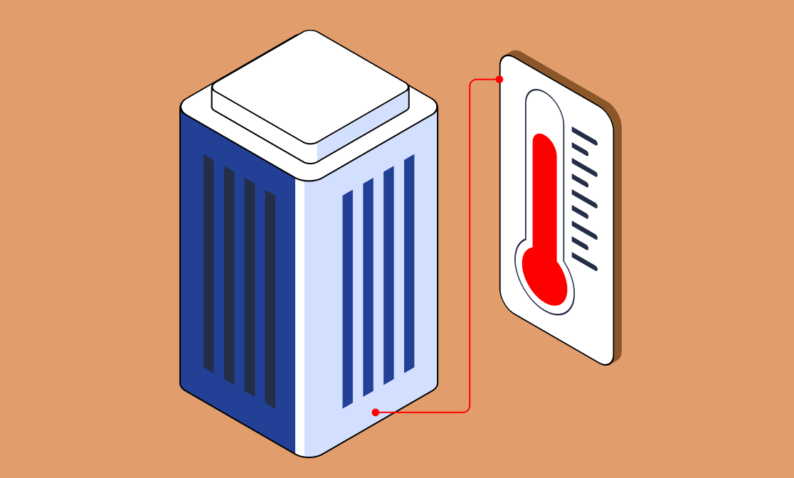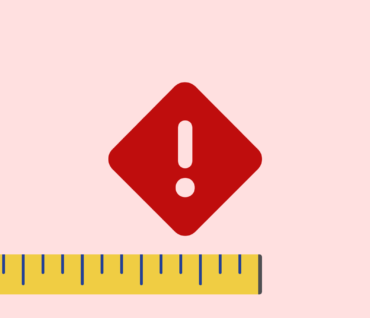
Get Started
Graphite's supplier management tool helps you onboard faster, cut time on risk reviews and streamline supplier validations. Save time and money.
February 23 2023
Do You Have a Supplier Improvement Plan?
Strong supplier performance equals a reliable and efficient supply chain. However, even the best suppliers can face challenges that impact their quality, delivery, and compliance.
A supplier improvement plan gives you a structured approach to identifying issues, setting clear goals, and driving continuous improvement. By proactively managing supplier relationships, businesses can reduce risk, enhance collaboration, and optimize procurement processes.
Regular performance reviews play a critical role in this process, too. They help you track supplier progress and address concerns before they escalate.
Managing supplier performance depends on regular supplier performance reviews
For an underperforming supplier, you may want to increase the frequency of performance reviews. But make sure to allow enough time between supplier business reviews to make the required changes. Performance reviews keep you informed about your partners’ performance and let them know you’re watching closely.
Managing supplier performance takes time, but consider that as you hold regular performance reviews, you can work with your supplier to better identify and track areas where improvement is needed.
These reviews aren’t held to micromanage your supplier but rather to find ways to work with the supplier and assist them in meeting performance standards. Not only will these reviews ensure that your supplier performance improves, but they can also strengthen relationships with your supplier, which can prove to be incredibly valuable in the long run.
Consistently reviewing supplier performance is necessary, but it is only effective when followed up with a structured improvement effort. A supplier improvement plan translates feedback into actionable steps that help suppliers meet business expectations.
What Is a Supplier Improvement Plan?
A supplier improvement plan is a strategy designed to improve supplier performance, reduce risks, and ensure compliance with business expectations. It involves setting clear performance goals, tracking progress, and providing corrective actions to underperforming suppliers.
A well-implemented supplier improvement plan can bolster collaboration and encourage transparency, enabling suppliers to consistently meet service level agreements (SLAs) and deliver high-quality products or services.
Why Is a Supplier Improvement Plan Important?
A supplier improvement plan ensures business continuity, enhances operational efficiency, and strengthens supplier relationships. Without a structured improvement plan, businesses risk supply chain disruptions, compliance failures, and increased costs due to unreliable suppliers.
Key benefits of implementing a supplier improvement plan include:
- Proactive Issue Resolution: Identifies and addresses supplier inefficiencies before they become major problems.
- Stronger Supplier Relationships: Encourages open communication and continuous collaboration.
- Cost Savings: Reduces inefficiencies and rework, ultimately lowering procurement costs.
- Regulatory Compliance: Ensures suppliers meet industry standards and avoid legal risks to your organization.
While a supplier improvement plan provides the structure for performance enhancement, it’s essential to recognize the external and internal pressures suppliers deal with. Overcoming these barriers is a shared responsibility.
Challenges Faced by Suppliers in Meeting Performance Standards
Suppliers often struggle to meet performance expectations due to a variety of external and internal factors, such as:
- Inconsistent Demand Fluctuations: Unpredictable order volumes can make it difficult for suppliers to maintain inventory levels and production schedules.
- Regulatory and Compliance Hurdles: Suppliers must adhere to various industry regulations, which can be complex and time-consuming to navigate.
- Limited Resources and Technology: Smaller suppliers may lack the infrastructure to track and manage their own performance efficiently.
- Communication Gaps: Poor collaboration between buyers and suppliers can lead to misunderstandings and missed expectations.
- Cost Constraints: Rising material and labor costs make it difficult for suppliers to maintain quality while remaining competitive.
Recognizing these challenges is the first step toward meaningful improvement. A supplier improvement plan outlines actionable steps to drive measurable results.
Steps to Create an Effective Remediation or Supplier Improvement Plan
Here’s a step-by-step approach to creating a supplier improvement plan that ensures measurable progress:
1. Identify the Problem
Analyze supplier performance data to pinpoint the exact issues affecting efficiency, compliance, or quality. Use key performance indicators such as on-time delivery rates, defect rates, and service responsiveness. Include hard metrics to measure against so you can specify exactly which areas need improvement.
2. Define Clear, Measurable Goals
Set realistic, data-driven targets for improvement, such as reducing late deliveries by 20% within six months or improving product quality scores to a minimum of 95%.
Whether meeting SLAs, reducing response time, or improving customer support, include how much improvement is necessary before terminating the contract due to poor supplier performance.
3. Develop a Remediation Plan
Outline specific, actionable steps the supplier must take to address the identified issues. This could include:
- Process changes to improve production efficiency.
- Additional training for supplier employees.
- Technology investments for better tracking and reporting.
4. Establish Communication Protocols
Maintain consistent communication with suppliers by scheduling regular meetings. When a supplier isn’t performing, remediation plans should be built into your regular meeting schedule. It’s useful to have supplier improvement or remediation plans prepared in advance so you can quickly address and resolve issues with suppliers.
Apart from regular meetings, you can schedule performance check-ins and feedback sessions. These meetings provide an opportunity to review progress, address challenges, and make necessary adjustments to the supplier improvement plan. Also, put in place transparent escalation processes, outlining when and how concerns should be elevated to higher management.
5. Leverage Technology for Supplier Management
Technology plays a crucial role in improving supplier management by enhancing visibility, automating compliance tracking, and streamlining communication. Digital tools also facilitate collaborative dashboards, making it easier to track key metrics and ensure accountability.
Utilizing Graphite Connect can significantly improve supplier oversight by:
- Automating compliance tracking and performance monitoring.
- Providing real-time visibility into supplier metrics and risk assessments.
- Enabling collaborative dashboards for seamless buyer-supplier communication.
6. Conduct Ongoing Analysis & Adjustments
Your supplier improvement plan should be dynamic and continually adjusted based on the findings of your review. A supplier improvement plan sets the stage for success, but even so, not every supplier will be able to meet the required standards. If issues persist, you must determine the next course of action.
What if a supplier improvement plan doesn’t yield results?
If a supplier continues to underperform, it may be time for you to discontinue the relationship. It’s never a happy ending when a partnership doesn’t work out, and it can be frustrating to find a new supplier quickly to prevent slowdowns in your business. But if you have a standard process in place for an underperforming supplier, things will be much smoother in the long run.
This is where Graphite Connect can help. With automated supplier management, real-time performance tracking, and streamlined communication, you can proactively address supplier issues before they escalate. Don’t wait for disruptions. Schedule a demo with Graphite Connect to optimize your supplier relationships and strengthen your supply chain today.
Read the Full Ebook
Learn how to reduce cost and mitigate risk in your supply chain with our Supplier Lifecycle Management ebook.
Read More



